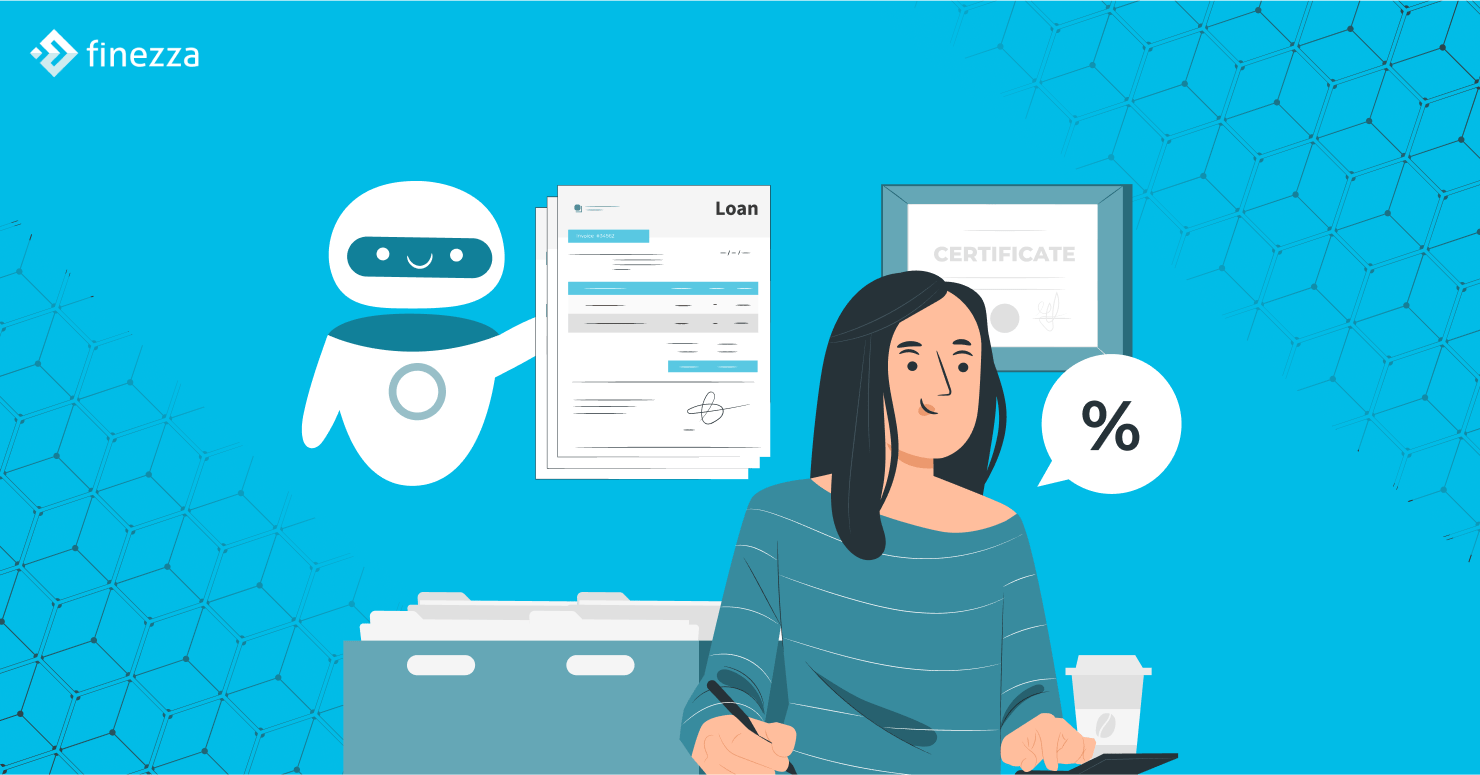We cannot discuss digital-first loan origination systems without commenting on India’s commercial loan portfolio, which expanded by an impressive 17.8%, reaching ₹64.1 trillion in the financial year (FY) 24.
Additionally, while Medium and Small Enterprises (MSME) loans witnessed a 13.9% year-on-year (Y-o-Y) growth between FY 2020 and 2023, individual loans grew by 13.5% Y-o-Y in that period. These figures indicate the steady reliance on loans among businesses and individuals.
However, evolving consumer habits, technological advancements, and rising competition in the lending industry have compelled lenders to rethink their practices. For many, digital loan origination systems are becoming an indispensable component of a lender’s technological stack, and for good reasons.
This article explores some important reasons why lenders should consider implementing advanced loan origination systems to simplify and fast-track loan applications.
Adopting Advanced Loan Origination Systems Across Different Stages of Lending
Lenders are realising that they need to go the extra mile to gain an edge in the increasingly competitive lending market. Offering a frictionless loan origination process is one of the best ways to make an impression.
Here’s how lenders can implement advanced loan origination systems to streamline the process and provide top-notch experiences.
1. Vetting and Pre-screening
Vetting and pre-screening the loan application is the first step of the entire process, wherein borrowers collect and assess the application to determine whether it meets the eligibility criteria or lending guidelines.
Loan applicants must present all the key documents, including tax returns, bank statements, credit history, employment details, and property details. Lenders can determine the borrower’s creditworthiness at this stage before moving to the underwriting stage.
This is where loan origination systems come in handy since these are equipped to automate data collection and verification, accelerating the entire process.
Additionally, these solutions also eliminate the need for manual and cumbersome data entry activities since they can automatically capture and validate borrower data.
This pre-qualification step enables lenders to invest resources in credible and authentic loan applications.
2. Underwriting
The next phase after pre-screening is the underwriting stage, which is also regarded as one of the most crucial and resource-intensive parts of the loan origination process.
At this stage, lenders take every opportunity to familiarise themselves with the borrower and the different properties mentioned as collateral.
Lenders consider the borrower’s repayment history, credit scores, valuation of all properties, bank statements, and other regulatory compliance to verify the authenticity of all the details submitted by the applicant.
However, traditional assessment techniques are time-consuming and typically require multiple personnel with different degrees of expertise to handle complex loan applications.
A loan origination system can automate the underwriting process by flagging compliance issues and storing all the aforementioned documents in a central repository.
Further, these solutions deploy standardised risk assessment models, highlighting anomalies and other red flags.
3. Loan Approval and Finalising Documentation
Once underwriting is done, the loan applications progress to the approval stage. Here, lenders prepare the important documentation and confirm the terms and conditions of the loan.
All the important loan details are finalised, including the total loan amount, interest rate, repayment cycle, and all the other terms and conditions.
However, approval is at the jurisdiction of various lending officers and stakeholders who eventually verify and sign off on the agreed terms. This can create confusion and frequent roadblocks, delaying the approval process and frustrating borrowers.
Considering the barriers mentioned above and the incessant need for quality control, it is crucial to use loan origination systems equipped with verification and compliance checks and offer a 360-degree view of the entire process.
These systems create detailed and accurate loan agreements which include the terms and conditions, eliminating the need to create inaccurate agreements manually.
Additionally, digital loan origination platforms allow lenders to generate customised loan agreements according to their requirements, accelerating documentation.
4. Loan Disbursal
The last and final stage is loan disbursal. This involves last-minute sanitary checks, transfer of funds, and due diligence of all the documents submitted by the borrower. This step is imperative to ensure regulatory compliance and to determine whether all parties have completed their respective tasks as per the guidelines.
Some of the key activities during loan disbursal include initiating the fund disbursement procedures, document notarisation, documenting all the security instruments, and seamless transfer to loan servicing systems.
A loan origination system helps lenders avoid delays at this stage by validating all the security and compliance documents and automating fund transfer triggers. Lenders can minimise or eliminate errors at this stage by implementing a loan origination system while maintaining data integrity throughout the entire process.
Final Words
Lenders must acknowledge that credit facilities can no longer depend on traditional origination processes and tools. Today, borrowers seek convenient, transparent, and faster digital experiences that accelerate loan approvals.
Loan origination systems reduce manual administrative tasks and help lenders focus on making accurate and informed lending decisions. Therefore, it is crucial to implement one and ensure efficiency at all the major stages of loan origination mentioned in this article.
Finezza’s cutting-edge loan origination system is designed to streamline loan origination and aid lenders in making strategic decisions. It is is a robust, tech-driven platform designed to streamline and automate the entire lending journey—from application to disbursal.
Built with a digital-first, API-enabled architecture, Finezza’s loan origination system enhances operational efficiency and customer experience for banks, NBFCs, and digital lenders.
Contact us to know more!




Leave a Reply